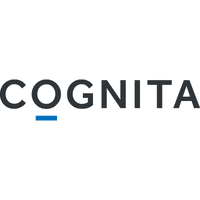Descripció del projecte
The construction sector has historically been a very important part of each country’s economic engine, both for its contribution to PIB and for its ability to create direct and indirect jobs. It is estimated that in the case of Spain it represents around 15% of total PIB.
Despite the importance of this sector in the global economy, not only in Spain, we find productivity levels around 1.7 times lower compared to other sectors.
These macroeconomic data are supported by different studies that go further. In 2011 John T. already analyzed the situation in the sector and produced the following data:
– 30% of projects do not meet deadlines or costs.
– 37% of the materials used become waste.
– 10% of the costs are for change orders.
– 92% of the properties believe that the execution projects prepared by the architects are not enough to build.
If we therefore compare construction with manufacturing at the process level using Value Stream Maping, we see that those processes that really add value to construction are only 10%.
Therefore, we are facing an unbeatable situation to implement methodologies that help raise productivity in the construction sector. Now it is a matter of necessity because we are in a highly competitive market and we cannot afford attitudes like in the real estate boom where due to the financial liquidity of the banks and high demand, a less exhaustive control of productivity was made.
Faced with this scenario, Lean Construction appears as a project management methodology to optimize processes through continuous improvement. Firstly, identifying waste and subsequently adding the greatest value to the customer as possible.
Various studies such as McGraw Hill Construction associate different advantages among which stand out:
– Higher quality in construction.
– More customer satisfaction.
– Higher productivity.
– Improved security.
– Reduction of delivery times.
– Greater benefits and cost reduction.
– Better risk management.
Therefore, the main objective of this study would be to quantitatively analyze the implementation of Lean Construction and its different tools in a real case study. As a consequence, be able to know with certainty what the tangible and intangible benefits derived from this implementation have been in order to adopt measures and new practices in future projects that Lean precisely fosters through continuous improvement.
This study will focus above all on the impact that this new methodology has on the aspects framed within the areas of knowledge included in the PMBOK of the Project Management Institute, an international standard in project management.



